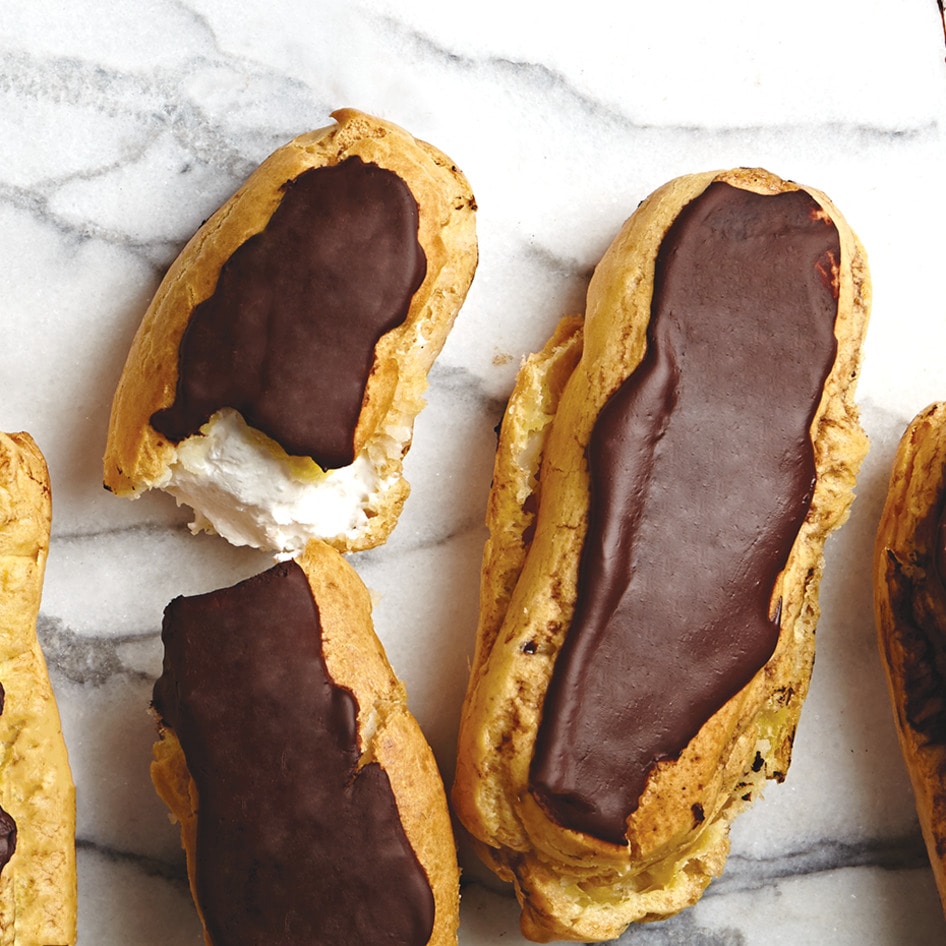Princeton Physicists Solve Oreo Cream Mystery
Scientists accurately predict which side of the cookie, when twisted, will have more cream.
October 20, 2016
Princeton University physicists John Cannarella, Dan Quinn, and Joshua Spechler recently discovered how to accurately predict the outcome of the Oreo twist-off game—where two people hold either side of an Oreo cookie while twisting and the individual with more cream on the cookie they are holding at the end, wins. While the Oreo twist-off is sometimes used in place of a coin flip, the trio of scientists set off to prove that its outcome is predictable and not governed by the rules of probability. The group compared the composition of the accidentally vegan cookie to other items. “Shatterproof glass and batteries are other good examples of material systems that are mechanically analogous to Oreos,” Cannarella says. Extensive lab tests were conducted on the cookie, including inserting it into a structure with metallic arms to test the cream’s position after forces acted upon it from both sides, twist angles were altered, and rotation of the arms was varied. Cannarella, Quinn, and Spechler bought Oreos in bulk—”We’re taking on an order of 300-500 Oreos,” Spechler said—to observe outcomes when their friends played the game at parties. The verdict? The scientists found that the cream will end up on the same side on every Oreo in a given box. That’s because during the production process, warm cream is poured onto one cookie first, forming a strong cream-to-cookie bond, before the second cookie is sandwiched on top further down the production line when the cream has had a chance to cool. To explain the interest in studying the vegan cookie, Quinn says, “The Oreo was our generation’s wishbone.” Cannarella is currently a mechanical engineering consultant at DuPont, Quinn is completing his postdoctoral degree at Stanford University, and Spechler works as a hardware engineer for Apple.
JUMP TO ... Latest News | Recipes | Guides | Health | Subscribe







